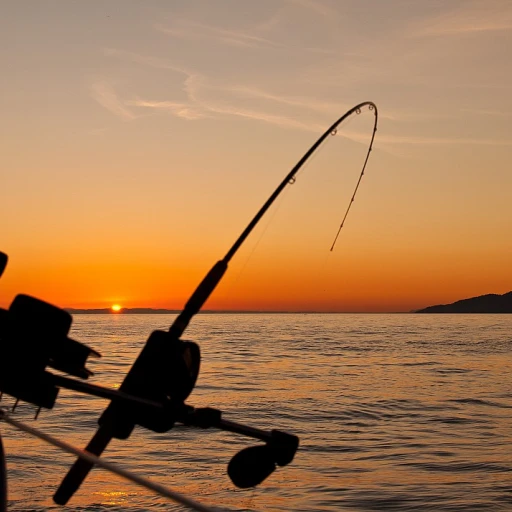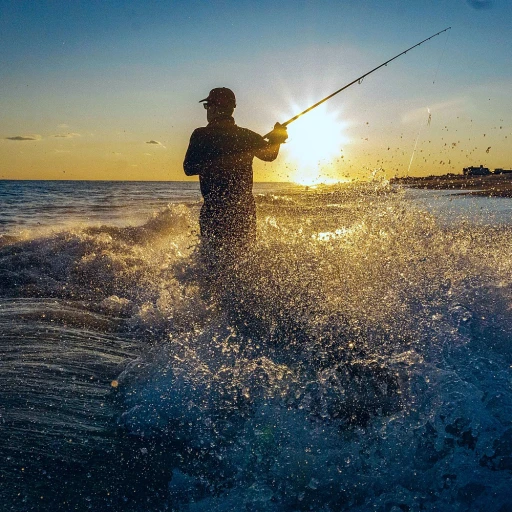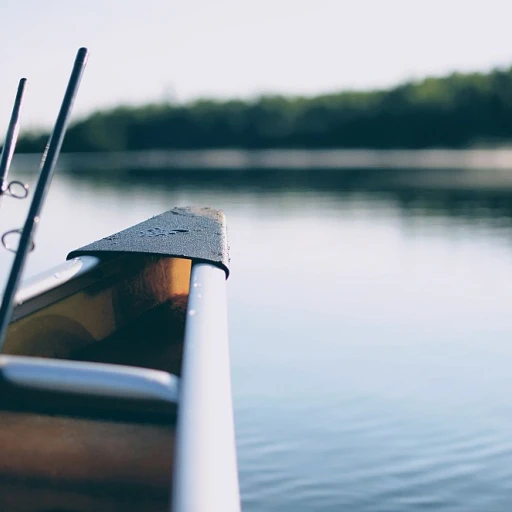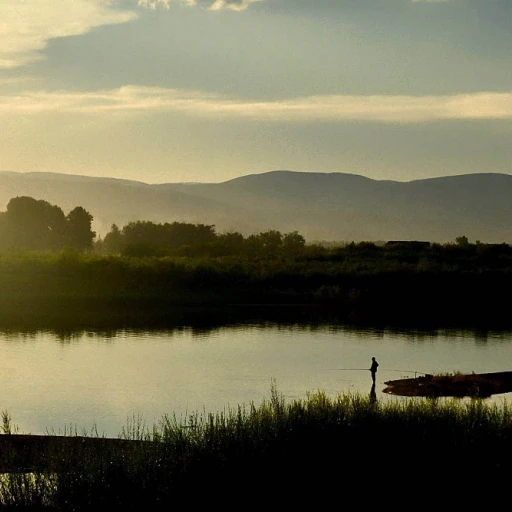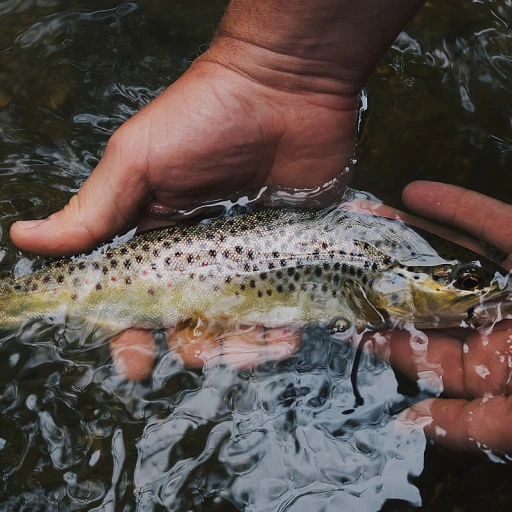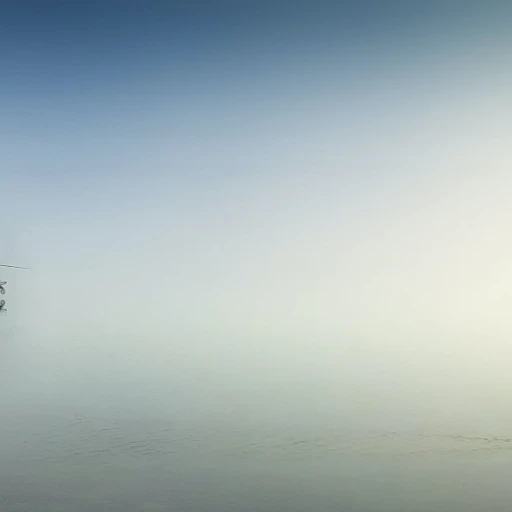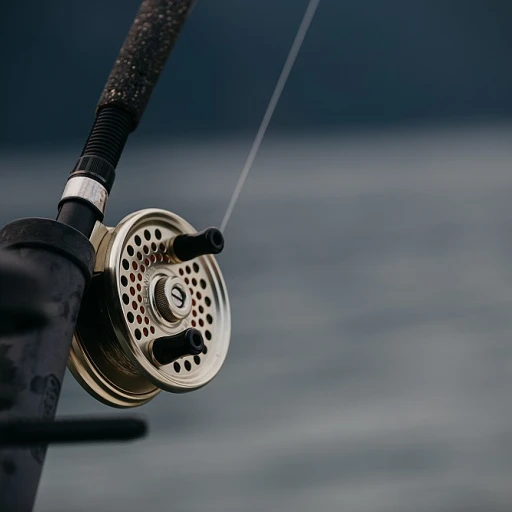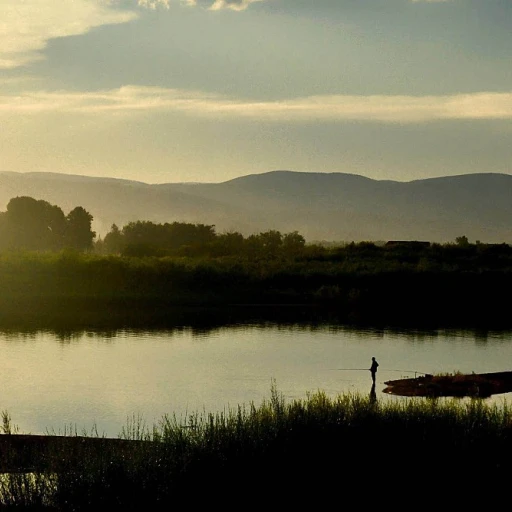
Understanding Salmon Behavior
Decoding Salmon's Instincts
Understanding the behavior of salmon is crucial for any angler aiming to enhance their salmon fishing skills. Salmon are known for their intricate life cycle and migration patterns, which require detailed knowledge to determine the most effective fishing strategies. These fish are predominantly found in cold-water environments, migrating from saltwater to freshwater during their spawning season. Their innate drive to return to their birth shoals makes them predictable in their movement, yet their feeding behavior can be more complex.
Salmon rely heavily on their keen senses to detect swimming prey, which makes the choice of lure critical. The right lures can significantly impact success, as they appeal to the salmon's instincts, mimicking the natural movement and colors of their prey. Experimenting with different types, such as spoons, spinners, or kwikfish, can entice salmon better, depending on their current migratory phase and water conditions.
When targeting specific species like the Chinook or king salmon, understanding their preference for particular types of prey can guide lure choice. For example, colorful spinners or glow-in-the-dark spoons may attract these fish due to their reflective properties well-suited to murky waters or low-light conditions.
From observing the water temperature, depth, and clarity, to recognizing potential feeding zones, the detailed study of salmon's environment can be augmented with the right lures designed for their habitat. By decoding their instincts and behaviors, anglers can turn the odds in their favor, leading to a more rewarding salmon fishing experience.
Types of Salmon Lures
Exploring the Variety of Salmon Lures
The art of salmon fishing involves selecting the right lures to attract these elusive fish. With a wide range of options available, it’s essential to understand the different types of salmon lures and their specific uses. Whether you’re targeting chinook salmon, also known as king salmon, or other varieties like salmon trout and salmon steelhead, choosing the right product can make a significant difference.
Here are some popular types of lures used in salmon fishing:
- Spoons: Versatile and effective, spoons mimic the erratic swimming pattern of a distressed fish. These lures often come in colors such as green glow and are excellent in both saltwater and freshwater environments.
- Spinners: Known for their blade rotation, spinners like the blue fox and rooster tail create vibrations that entice fish. Choose from a variety of spinner lures depending on the water clarity and conditions.
- Kwikfish: Renowned for their wide, slow wobble, kwikfish are perfect for river fishing. Their effectiveness in deeper waters makes them a favorite for serious salmon anglers.
- Glow lures: Perfect for low-light conditions or murky waters, glow lures are coated with luminescent paint to increase visibility.
When considering price and original value, brands like luhr jensen bring a proven track record of effectiveness and durability. The choice of lures will often depend on your target species fishing, water conditions, and fishing techniques. For further insights, you can explore the intricacies of live target bait ball, which offers a unique approach to lure selection.
Choosing the Right Lure for the Environment
Catching Salmon with Precision: The Art of Lure Selection
Selecting the right lure for the environment is crucial in maximizing your chances of a successful salmon fishing expedition. Whether you are navigating a river teeming with chinook salmon or encountering saltwater conditions, each environment demands a keen understanding and selection of the perfect lure. First, consider the water clarity and the depth at which the salmon are likely to be swimming. In clear waters, a subtle and natural-colored lure may be your best bet. In contrast, murkier waters might require brighter or even glow-in-the-dark options to attract the fish's attention. Reflective spoons and spinners with vibrant colors like blue fox, green glow, or those from Luhr Jensen are effective in catching the eye of a passing salmon. The current and temperature of the water can also provide clues for choosing the right lure. Faster waters might necessitate heavier products with additional weight like spoons or blades. These options cut through the current more efficiently. Slower waters, on the other hand, allow for lightweight and more dynamic presentations like the versatile rooster tail. When engaging in salmon trolling, the choice of lure can vary significantly from casting in a trout stream. The options widen, favoring robust designs that hold up against the demands of trolling. Kwikfish and similar designs are often favored due to their compatibility with various speeds and depth adjustments. Lastly, decide whether you are tackling freshwater or saltwater pursuits. Both environments have distinct demands. Resources like choosing the best flooring for your fishing boat can play into the overall fishing experience, complementing your chosen lures. Remember, the "best" lure isn't about the highest price or the most original design—it's about how well it integrates into your fishing strategy and the environment you're navigating. Keep these environmental factors in mind, and you'll increase your odds of landing that prized king salmon or elusive salmon trout.Techniques for Using Salmon Lures Effectively
Master the Art of Salmon Lure Deployment
Using salmon lures effectively is key to enhancing your catch. Each fishing situation offers unique challenges, requiring different strategies to maximize results. Below are some proven techniques:- Consider the Water Conditions: Adapting your technique based on water clarity, temperature, and speed can significantly affect your success rate. In clear water, subtle tactics like using a spinner with a silver blade might be more effective, while murky water might call for brightly colored lures like those in green glow to capture the salmon’s attention.
- Adjust the Retrieval Speed: Varying the speed of your lure’s retrieval can entice different responses from various fish species. Chinook salmon might prefer a slower, more methodical presentation, while king salmon could be driven to strike by a faster retrieve.
- Mimic Natural Prey: When targeting salmon, it’s crucial to use lures that imitate the natural movement of their prey. Rooster tails and blue fox spinners can effectively mimic smaller fish, while kwikfish lures are known for their erratic action that can provoke aggressive strikes from salmon.
- Perfect Your Trolling Technique: Trolling is a popular method for salmon fishing that requires careful attention to the depth and distance of your lure. Using weighted spoons and lures that glow in the dark can make your bait more visible, especially during early morning or late evening when salmon are most active.
- Trout and Salmon Species Adaptation: Adapt your technique according to the species you are targeting. For instance, in a river fishing scenario, focusing on salmon steelhead might require a different lure action than fishing for salmon trout in saltwater.
Common Mistakes and How to Avoid Them
Avoiding Costly Errors with Salmon Lures
Embarking on a salmon fishing adventure is thrilling, but certain common mistakes can tarnish the experience if not addressed. Here are some pitfalls and strategies to steer clear of these issues:
- Relying on One Lure Type: While spoons or spinners can be incredibly effective, it’s crucial not to limit your arsenal. Diversifying with lures like kwikfish or rooster tails can cater to varying salmon trout species and enhance your chances. Additionally, recognizing the role of different water types—be it river or saltwater—can guide your selection.
- Neglecting Natural Conditions: Factors such as water clarity and light conditions should dictate your choice of glow, colors, or even whether to deploy a blue fox spinner or a Luhr Jensen blade. For instance, under low light, lures with a green glow or flashy elements add visibility.
- Improper Technique: Even the best lures, including original designs or those at a higher price, require correct technique. For instance, adjusting the speed and depth of your retrieval is paramount when targeting king salmon or chinook salmon.
- Ignoring Local Best Practices: The local fishing community's experience can be invaluable. Observing successful anglers or engaging in local forums might reveal the optimal lure and technique combination for a specific region.
- Overlooking Product Innovations: Lures are constantly evolving. Stay updated with the latest in salmon trolling innovation to ensure you're equipped with efficient alternatives, be it new materials or unique glow features.
Ah, salmon fishing can be as complex as it is rewarding. With a few strategic adjustments and an eye on common errors, every outing can inch you closer to that prized catch.
Innovations in Salmon Lure Design
Revolutionary Designs in Salmon Lures
In the ever-evolving world of salmon fishing, innovation is key to staying ahead. Modern advancements in lure design have brought about a new era of efficiency and effectiveness, making it easier for anglers to enhance their catch. These innovations are not just about aesthetics; they are about understanding the behavior of salmon and adapting to their environment.
Glow-in-the-Dark and UV-Enhanced Lures
One of the most exciting developments in salmon lures is the use of glow-in-the-dark and UV-enhanced materials. These lures are particularly effective in low-light conditions, such as early morning or late evening fishing. The green glow and other vibrant colors can attract salmon from a distance, making them an excellent choice for both saltwater and freshwater environments.
Advanced Blade and Spoon Designs
New blade and spoon designs have also made waves in the fishing community. These lures, like the blue fox and luhr jensen models, are engineered to create unique vibrations and reflections in the water, mimicking the movement of prey. The spoons and spinners are particularly effective for targeting chinook salmon and king salmon, as their erratic movements can trigger a predatory response.
Eco-Friendly Materials
As environmental concerns grow, manufacturers are turning to eco-friendly materials in lure production. These materials are not only sustainable but also enhance the performance of the lures. For instance, biodegradable plastics are being used to create lures that are both effective and environmentally conscious, reducing the impact on aquatic ecosystems.
Price and Accessibility
While these innovations might suggest a higher price point, many companies are committed to making these advanced lures accessible to all anglers. The price original of these lures is often balanced with their longevity and effectiveness, ensuring that they are a worthwhile investment for any fishing enthusiast.
By staying informed about these innovations, anglers can make more informed choices when selecting their next salmon lure. Whether you're fishing for salmon trout or targeting salmon steelhead in a river, these advancements can significantly enhance your fishing experience.


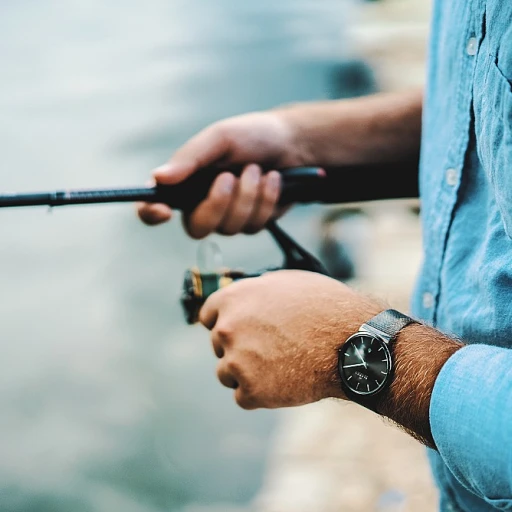
-large-teaser.webp)
